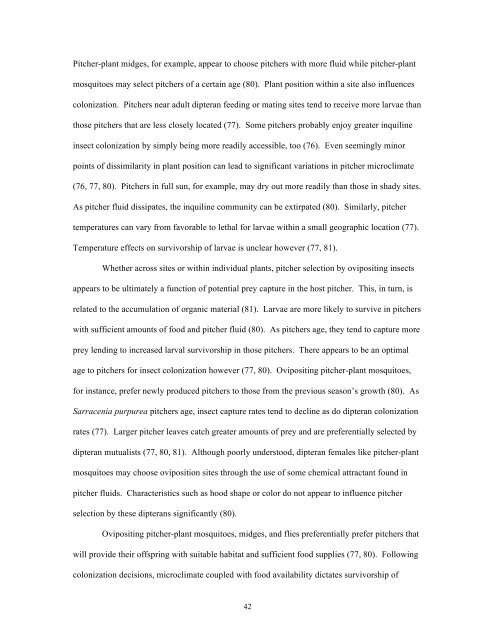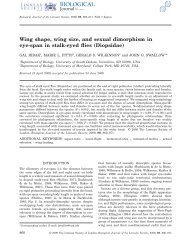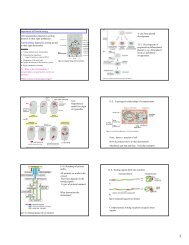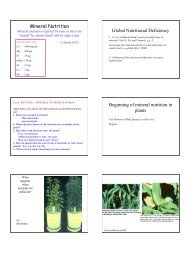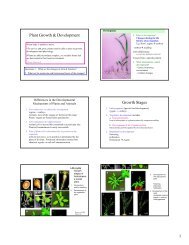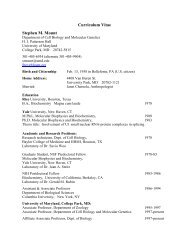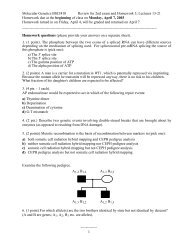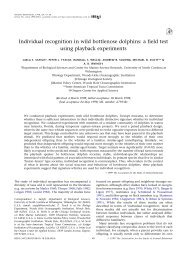Carnivorous Plants and Their Prey
Carnivorous Plants and Their Prey
Carnivorous Plants and Their Prey
You also want an ePaper? Increase the reach of your titles
YUMPU automatically turns print PDFs into web optimized ePapers that Google loves.
Pitcher-plant midges, for example, appear to choose pitchers with more fluid while pitcher-plant<br />
mosquitoes may select pitchers of a certain age (80). Plant position within a site also influences<br />
colonization. Pitchers near adult dipteran feeding or mating sites tend to receive more larvae than<br />
those pitchers that are less closely located (77). Some pitchers probably enjoy greater inquiline<br />
insect colonization by simply being more readily accessible, too (76). Even seemingly minor<br />
points of dissimilarity in plant position can lead to significant variations in pitcher microclimate<br />
(76, 77, 80). Pitchers in full sun, for example, may dry out more readily than those in shady sites.<br />
As pitcher fluid dissipates, the inquiline community can be extirpated (80). Similarly, pitcher<br />
temperatures can vary from favorable to lethal for larvae within a small geographic location (77).<br />
Temperature effects on survivorship of larvae is unclear however (77, 81).<br />
Whether across sites or within individual plants, pitcher selection by ovipositing insects<br />
appears to be ultimately a function of potential prey capture in the host pitcher. This, in turn, is<br />
related to the accumulation of organic material (81). Larvae are more likely to survive in pitchers<br />
with sufficient amounts of food <strong>and</strong> pitcher fluid (80). As pitchers age, they tend to capture more<br />
prey lending to increased larval survivorship in those pitchers. There appears to be an optimal<br />
age to pitchers for insect colonization however (77, 80). Ovipositing pitcher-plant mosquitoes,<br />
for instance, prefer newly produced pitchers to those from the previous season’s growth (80). As<br />
Sarracenia purpurea pitchers age, insect capture rates tend to decline as do dipteran colonization<br />
rates (77). Larger pitcher leaves catch greater amounts of prey <strong>and</strong> are preferentially selected by<br />
dipteran mutualists (77, 80, 81). Although poorly understood, dipteran females like pitcher-plant<br />
mosquitoes may choose oviposition sites through the use of some chemical attractant found in<br />
pitcher fluids. Characteristics such as hood shape or color do not appear to influence pitcher<br />
selection by these dipterans significantly (80).<br />
Ovipositing pitcher-plant mosquitoes, midges, <strong>and</strong> flies preferentially prefer pitchers that<br />
will provide their offspring with suitable habitat <strong>and</strong> sufficient food supplies (77, 80). Following<br />
colonization decisions, microclimate coupled with food availability dictates survivorship of<br />
42


